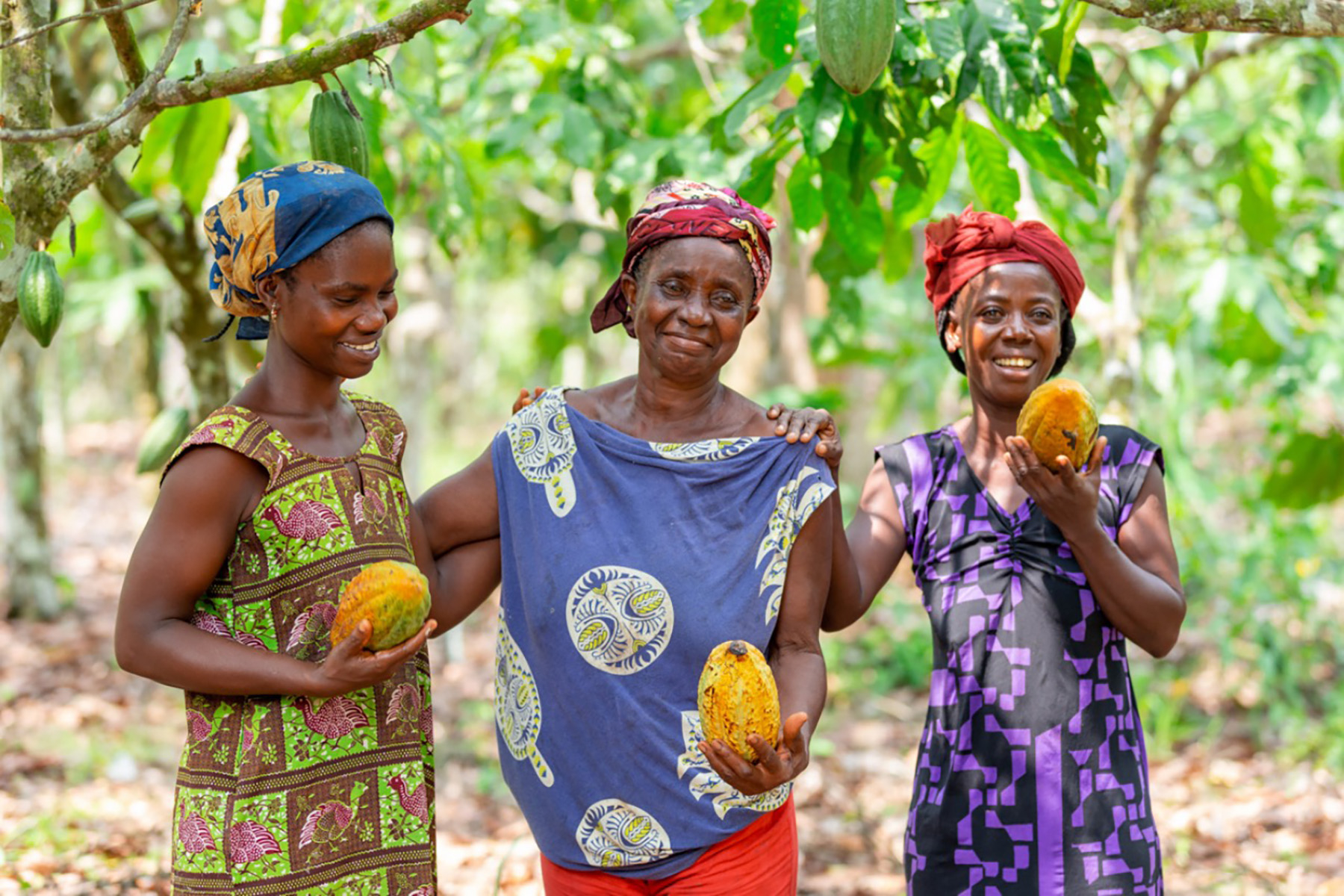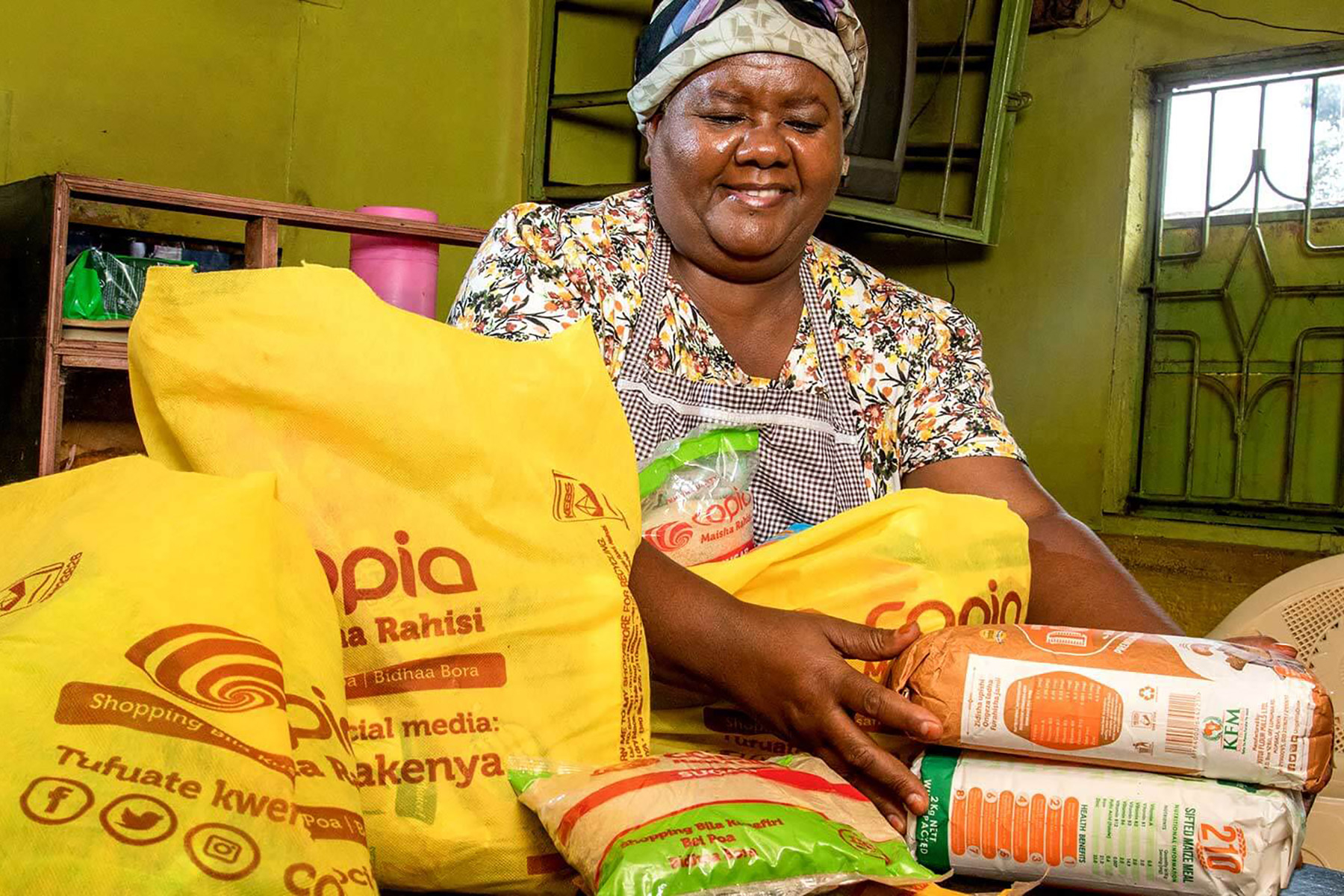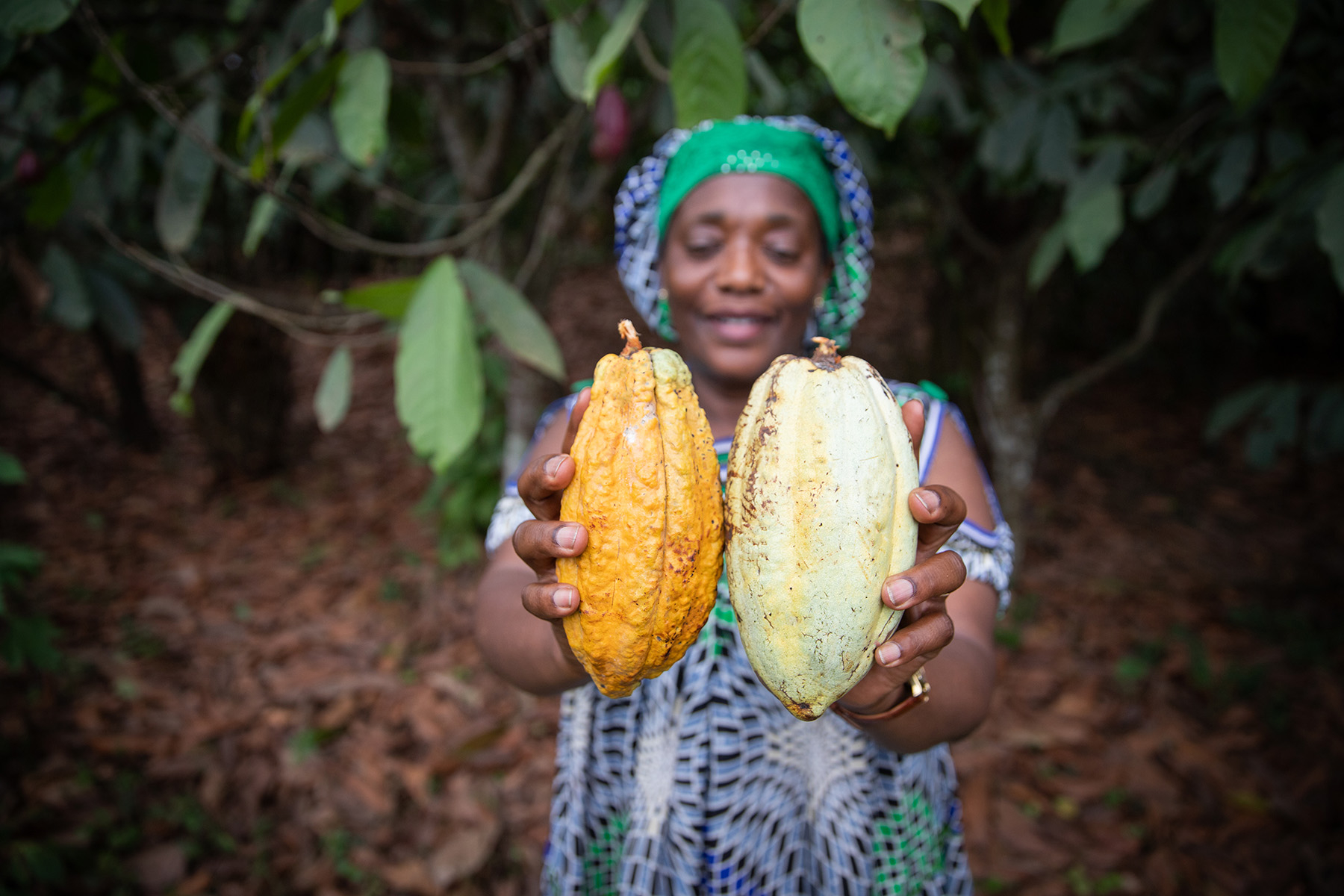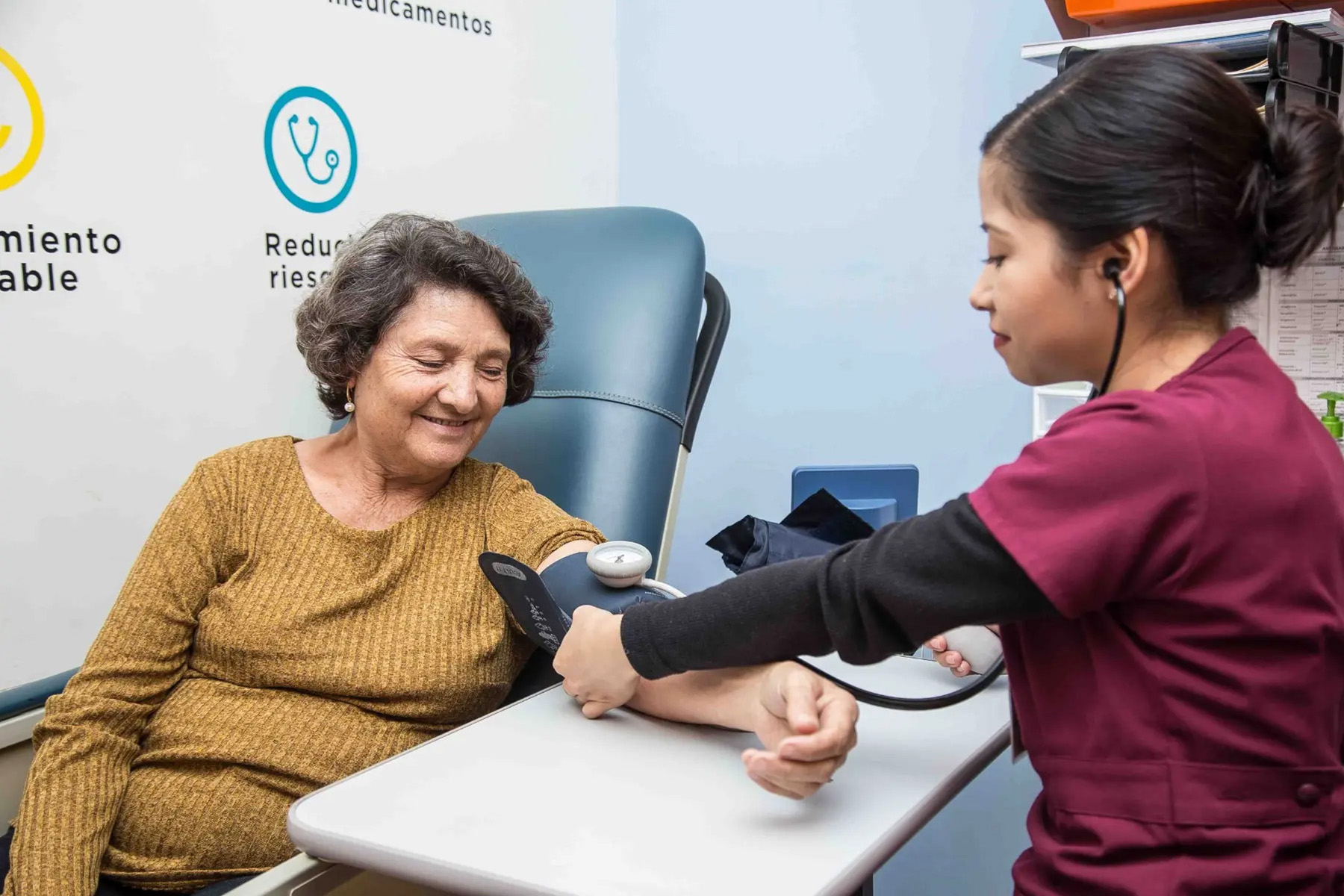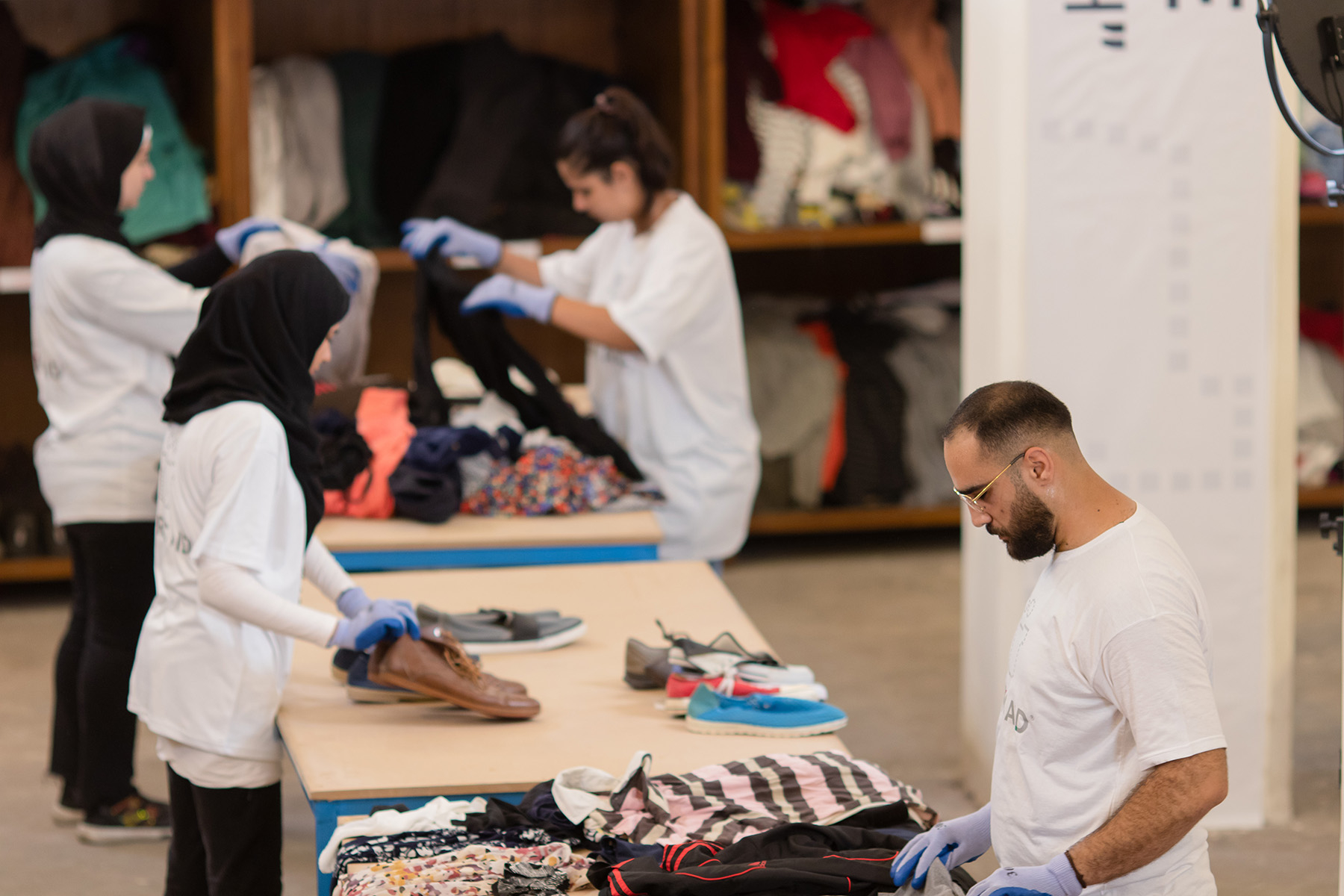Targeting the missing middle in agricultural finance
Belgian public money multiplies private money
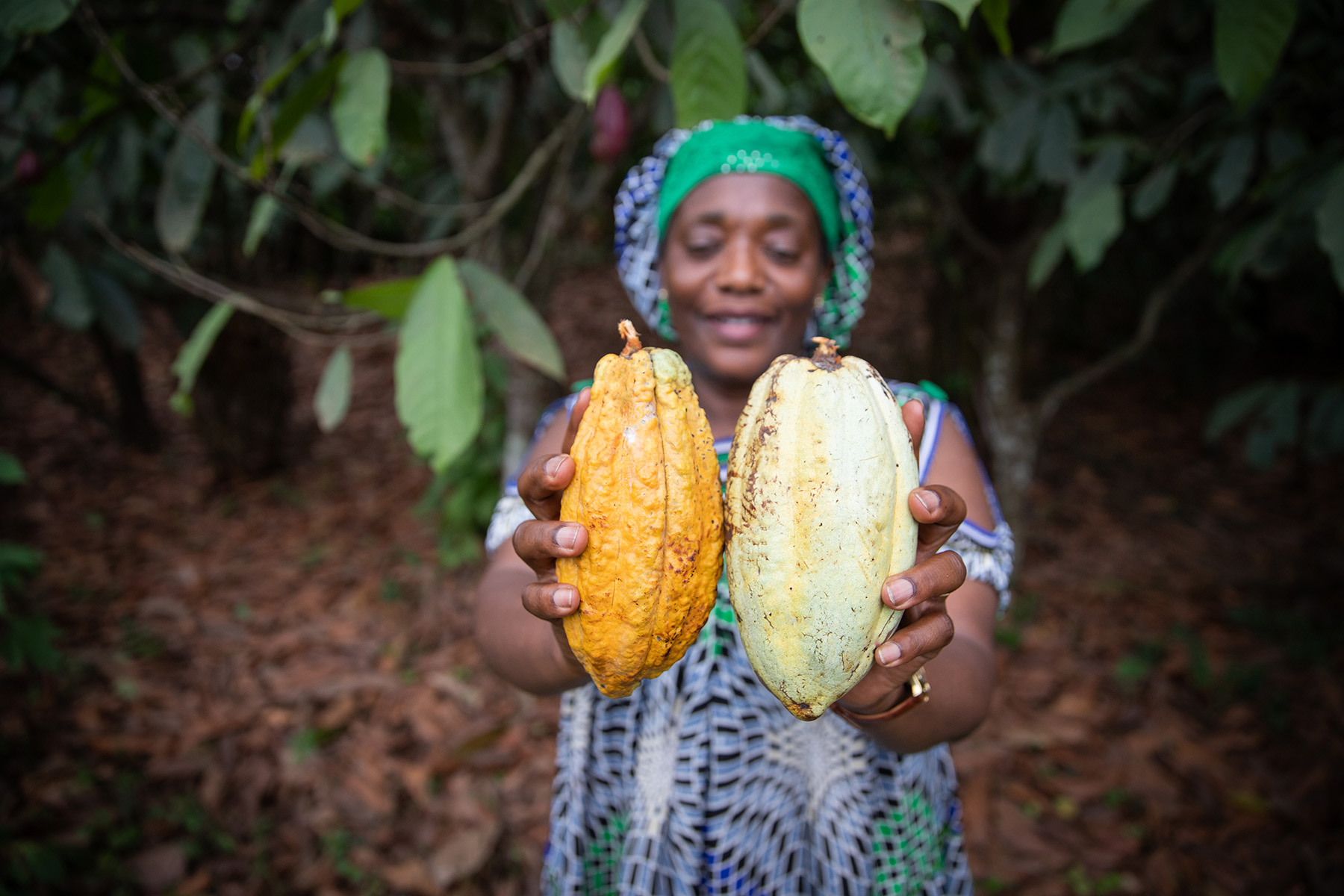
Mission
Kampani is an extreme example of an impact first social impact investment fund. The risk return ratio they offer their shareholders is attractive only when taking into account the social impact. Kampani managed to attract an investment by the Belgian government. This grant was used to establish a TA facility and a first loss tranche. The first loss tranche improves the risk return ratio allowing them to attract more risk averse shareholders. This catalytic use of public money allowed Kampani to more than double in size. This allows them to reach thousands more farmers not served by other investment funds.
Why was this investment catalytic?
Impact investment knows great variety. The investment strategy – and therefore the social impact – of some funds implies significant compromises on the part of the shareholders. Kampani is such a case. They occupy a niche that most investors stay away from. In order to scale their impact, the Belgian federal government was prepared to establish a first loss tranche. This allowed Kampani to more than double in fund size, supporting thousands more smallholder farmers.
Organisation type: Impact Fund
Financial instruments used: Kampani uses equity or subordinated debt (so always without collateral). They do tickets of 100k EUR to 500k EUR. The investment duration ranges from 6 to 8 years. A grace period of 2 years is common. They require a mandate on the Board and secure minority protections.
Final beneficiaries targeted: People in poverty, Smallholder producers
Sector targeted: Agriculture
Focus countries: Indonesia, Burundi, Rwanda, Kenya, Tanzania, Guatemala, Benin, Guinee Conakry , Uganda, Philippines , Honduras, Nicaragua , Burkina Faso , Ghana
Countries also eligible: Bolivia, Senegal, Cambodia, Colombia, Ivory Coast, DR Congo, Ecuador, El Salvador, Peru, Laos, Myanmar, Mexico
SDGs targeted: Goal 1: No Poverty, Goal 2: Zero Hunger, Goal 5: Gender Equality, Goal 8: Decent Work and Economic Growth
Challenge and solution
Some producer organisations in the rural South make impressive social and economic progress. Increasingly, these farmers no longer see themselves as poor – trying to survive – but as ambitious rural entrepreneurs. They are improving the livelihoods of their families and have become catalysts for development in their communities.
Gradually, as these producer organisations grow and expand, they are confronted with a formidable obstacle: access to capital.
Smallholder producer organisations generally lack investment capital. Although microfinance has become increasingly widespread, it only offers small loans to individual farmers. Social lenders pre-finance harvests, too short term for capex investments. Generally, patient growth capital is not available in the agrofood sector. Indeed, other long-term investors, such as banks or DFIs, are often lacking in the rural South or they consider the risks of the investment too big for their size.
The reasons for this are pretty obvious: from a purely commercial perspective, investing in such businesses involves high transaction costs and is quite risky. A gap exists therefore between small individual loans on the one hand and industrial loans on the other hand. This gap of investment capital between, roughly spoken, €50,000 and €1 million is called the ‘missing middle in agricultural finance’. Kampani targets a specific section of the missing middle.
Today, markets for agrofood products – even in the most remote areas – are becoming increasingly modernised, resulting in requirements like high quality produce, food safety and traceability, high and constant supply quantities, and sustainability claims.
For smallholder family farmers to be able to play their role in feeding a growing world population, reduce rural poverty and safeguard our planet, they need to be economically organised in producer organisations to live up to these requirements, develop further their knowledge and have access to patient growth capital.
Kampani’s catalytic role
Kampani is a hands-on investor. They wish to add value much beyond the injection of patient growth capital. They want to be a partner to their investees. They do this in part by requiring a mandate on the Board of the investee.
It is therefore important to establish whether they are fully aligned with the client's leadership on the vision for the future of the organisation. Kampani wants to help realise a cooperative or company’s vision, not change it.
They do not seek to take the driver’s seat, but rather sit in the passenger’s seat and read the road map to help navigate on their collective journey to the destination of business growth and success.
The representation on the board of the investee serves two purposes:
- Be in a position to spot possible threats early on and help navigate the organisation through the rough times
- Be in a position to lend expertise and experience to help ensure the right decisions are taken and the decision-making process itself is professional and transparent
A second component of their support – and hence risk mitigation strategy – is their multistakeholder model. They team up with traditional NGOs, social lenders or private companies. They each can provide a component of the support our investees require. Furthermore, each partner is an additional set of eyes and ears and a sounding board in support of the investee.
After 7 years and 16 deals in implementation, few Kampani clients have had to restructure and none are faced with bankruptcy. This gives them reason to believe that their model works and deserves to be scaled.
Kampani’s impact
Kampani’s founders started with the social problem and reverse-engineered a solution. Their entire strategy, from investment thesis to fundraising approach, was designed with this end goal in mind. It determined their investment scope, their overall risk profile, the fund-level target financial return and the type of shareholders they were able to attract.
Kampani is a social impact investment fund designed to unlock the potential of entrepreneurial farming in Africa, Asia and Latin America. Kampani represents a pioneering approach to fight poverty and promote development. They provide patient growth capital for capex-heavy investments — land, buildings, equipment — to producer cooperatives and high-impact SMEs. They do so with relatively small investment amounts (€100k to €500k).
Their expected pathway of change can be presented as follows. Through investments and non-financial support (=input), Kampani contributes to the growth of their investees. This may be in the form of diversification, vertical integration and/or scaling (=output). This should in turn lead to reduced vulnerability of smallholder farmers, and higher and/or more stable net income (=outcome). This is expected to contribute positively to reduced poverty, improved food security and an overall improvement of living standards (=impact).
They currently reach almost 100,000 smallholder farmers directly. They measure their success in terms of the reduction of the vulnerability of the smallholders: increased income, improved margins, diversified or more reliable income.
Insights and learnings
There is a reason why Kampani is only one of very few funds that do what they do – and they know of no fund that exclusively does what they do. Simply put: the risk is too high and the financial return too low. Kampani succeeds where others fail because they started with the social ill and reverse-engineered everything else. They purposefully look for solutions.
A key ingredient of their success is how they source their deals. It is primarily their NGO-shareholders that identify deal potential. Indeed, Kampani in many ways builds on the work of TA-providing NGOs. This accelerates the confidence building with the investee and increases the cost of failure for the investee. Furthermore, the continued involvement of our NGO-shareholders has proven to be an important risk mitigator.
Still, in spite of our zero failure rate. Kampani's investment proposition remains insufficiently attractive for most investors. Having established a first loss tranche with public money was a game changer. It was the only way to systemically de-risk the investment of private shareholders. They can confidently say that the doubling of Kampani's fund size would not have been possible without it.
They are on course to continue our growth. They expect to reach a €20 million fund size with forty deals in portfolio by 2026.
Their recommendations:
- Be clear and transparent about where you put yourself on the impact continuum. The risk/return ratio you offer your shareholders is a function of the social ill you wish to address. Not the other way around!
- Complex problems require complex solutions. They do not travel fast, they travel far. It has taken them time to build their stakeholder model, but it pays off every day.
- Accept the reality that some social problems cannot be solved with a purely commercial logic alone. Some sacrifice is sometimes needed. The inherent challenges this creates are the consequence of this choice and need to be embraced lest the social impact gets diluted.


